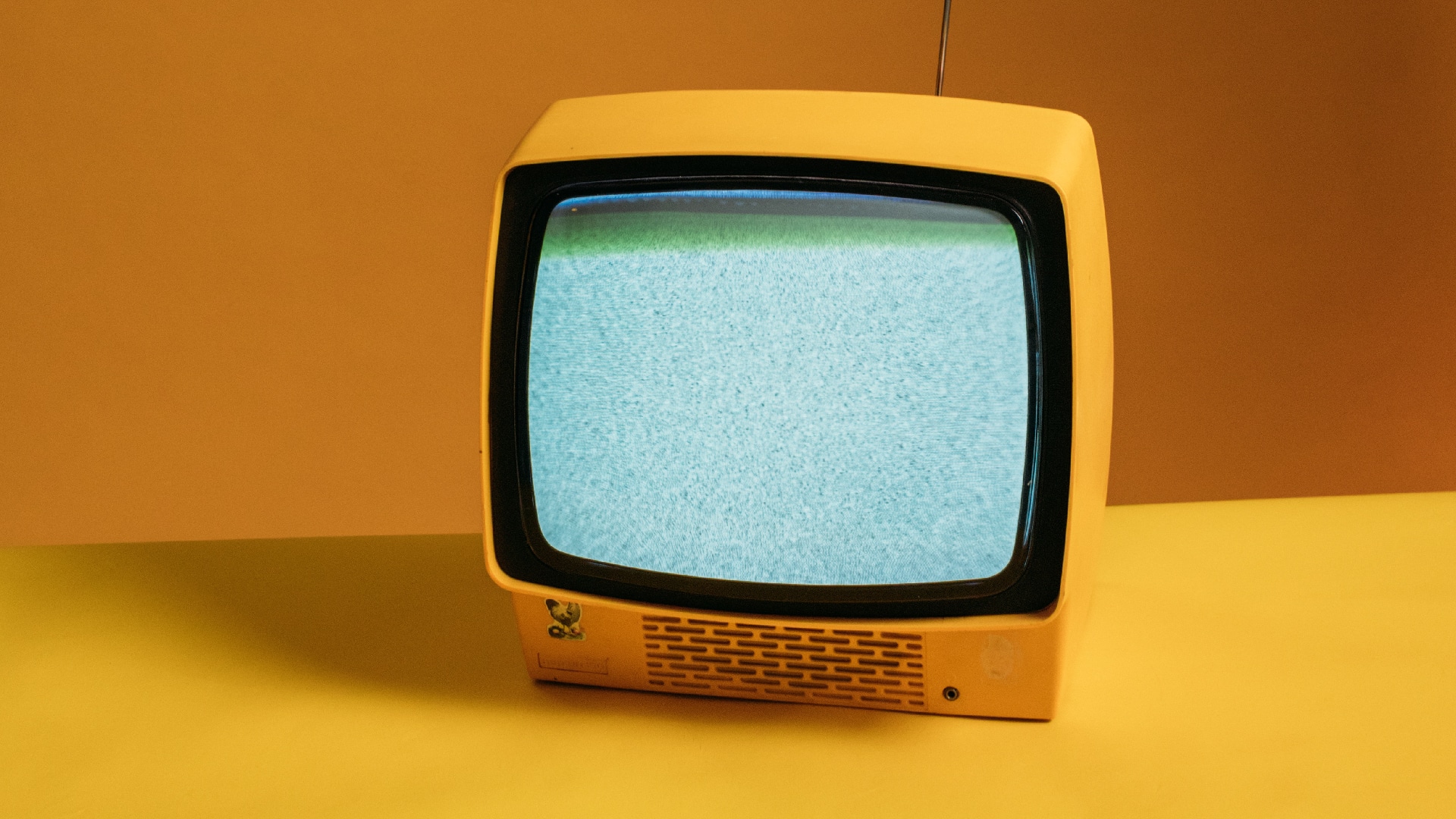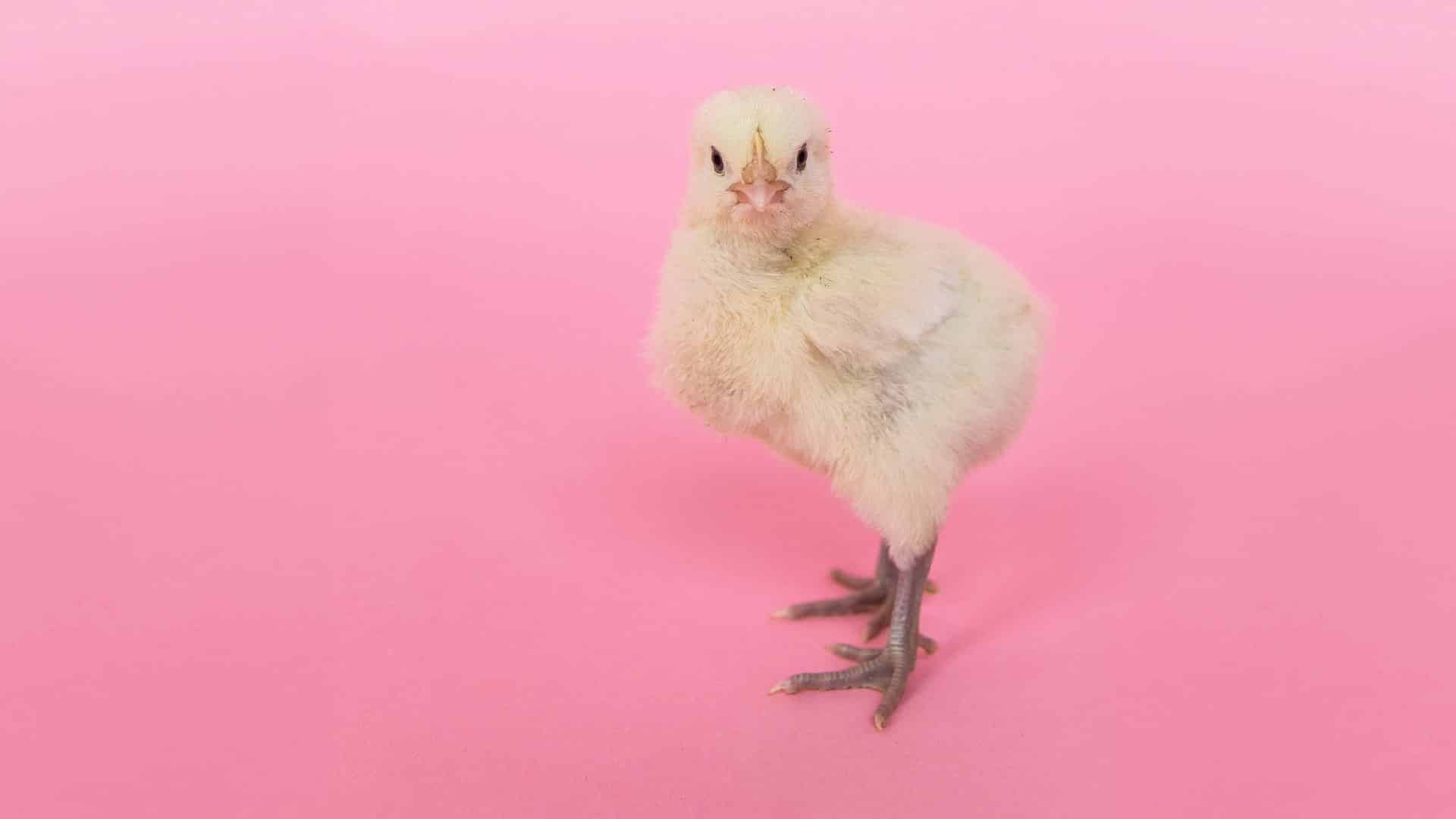If the coronavirus pandemic has turned your brand’s plans for 2020 upside down, you’re not alone. COVID-19 has disrupted the world in ways never before seen, especially the indefinite shutdown that many businesses face as attempts to contain the spread take effect here in Australia and across the globe.
Many businesses are pulling back on marketing and PR, but now isn’t the time to disappear, even if you’re among the businesses hit hardest by the shutdown. In fact, the businesses forced to close their doors have to work even harder not to be forgotten. When life on the other side of the crisis begins and consumers feel more confident about spending again, you don’t want to have lost market share to your competitors because you lost visibility.
[/vc_column_text][vc_column_text]While there’s a very real need for businesses to continue their marketing and PR efforts, it’s important to go about this the right way. Not only have we seen a widespread backlash against brands engaging in opportunistic, inconsiderate and distasteful marketing — coronavirus profiteering as some have termed it — but we’ve also seen how effective and well-received the efforts of brands that respond in the right way have been.
While there’s so much uncertainty at the moment, something we can be sure about is that the brands which prove to their customers that they’re putting them — and their employees — first will emerge from the pandemic on top of their market.
Coronavirus profiteering — How not to position your brand
Now, more than ever, the way brands communicate with their audience and position and present themselves will determine how they’re seen by their customers. As we’ve seen with major Australian companies across sectors like air travel, retail and telecommunications, consumers aren’t shy about calling out the companies who they feel are behaving badly.
Qantas has been widely criticised for asking for Government handouts while standing down a significant percentage (20,000 staff members currently) of its workforce.
Australian retailers, most notably Mosaic Brands which owns Rockmans, Katies and other well-known stores, have used pushy sale tactics which appear to encourage panic buying.
Telstra has come under fire for its mixed messaging by encouraging customers to limit data usage while simultaneously offering data bonuses and service upgrades for pensioners.
The famous quote attributed to David Ogilvy, “The customer is not a moron. She’s your wife” is well-worth taking note of here. Australian consumers expect more from big brands and companies than what they’re getting and that bad behaviour won’t be forgotten on the other side of the crisis. How brands are viewed by their customers is more important than ever.
Responding to a crisis the right way
Being aware of the impact that certain branding messages can have in these difficult times is exceptionally important, but what brands don’t do is just as important as what they do. For many brands, a consistent branding strategy which encourages familiarity and seeks to maintain loyalty among its customer base can be the most effective approach.
However, adopting a ‘business as usual’ approach without considering how your branding aligns with the current climate can be disastrous and will have long-term consequences for brands. Coming across as ‘tone deaf’ — something that many brands and celebrities have recently been accused of — is a label that you don’t want associated with your brand.
Finding the right brand response during the crisis is, therefore, incredibly important and it’s worth noting that it isn’t necessarily the most well-funded brands that will come out on top on the other side of the crisis, but rather the brands that are the most adaptable to change.
Independent brewer BrewDog gained widespread positive attention for realigning its product operations by producing and giving away hand sanitiser. Anheuser-Busch (Budweiser) and LVMH (Christian Dior) have done the same in the US and France respectively.

A number of luxury designers, including Louis Vuitton, Gucci, Prada and Dior, have switched operations in high-risk areas like Italy and France from garment manufacturing over to heath material manufacturing, producing millions of much-needed face masks.
Tesla under CEO Elon Musk retooled some of its manufacturing facilities and switched production of auto parts over to ventilators which they donated to hospitals in the hardest hit areas across the US, including New York.
While realigning your operations and producing products or providing services that directly help with efforts to control the spread of the coronavirus may not be possible, you can still respond effectively to the crisis with strong brand positioning. Good examples include:
Deliveroo — Safe and convenient deliveries
One of the first companies to offer contactless delivery options, Deliveroo responded swiftly to the coronavirus crisis by successfully leveraging its value of convenience and then building on this with the added benefit of safety.
Deliveroo has also helped restaurants across the country stay open during the shutdown and unlike other delivery brands, it’s also provided support to help its restaurant partners quickly and effectively transition to delivery-only kitchens. As part of these efforts, it’s also offered its partners a social media toolkit to help them communicate with customers and, hopefully, increase sales at a time when Australian restaurants are seriously suffering.

Indeed — Support for jobseekers and workers
With millions of Australians out of work due to the shutdowns, many people have turned to job search providers like Indeed and Seek for remote employment opportunities. Indeed’s response to the crisis is a great example of a brand sharing content that people need most during the crisis rather than content that their brand needs, i.e. self-promoting marketing and PR materials.
Their free Coronavirus Job Resources has a focus on work-from-home jobs and provides “advice, resources and community conversations to address the impact of COVID-19 on your job.” It also strengthens and adds value to their branding message — “At Indeed, our mission is to help people get jobs.” They’ve also embraced remote work, shutting their Sydney, Singapore and Dublin offices early in the pandemic and asking staff to work from home.
https://www.instagram.com/p/B_NkQRfhsSq/?utm_source=ig_web_button_share_sheet
Nike — Solidarity during crisis
Companies like Netflix (home entertainment) and Johnson & Johnson (pharmaceuticals and consumer goods) are doing well out of the crisis because their products and services align with stay-at-home orders and healthcare, but what about brands with products that are overwhelmingly sport and lifestyle — and therefore outdoor — focused?
Nike’s campaign which encourages people to stay home and ‘play inside’ is an outstanding example of promoting social-distancing measures while amplifying its branding message. The slogan — “If you ever dreamed of playing for millions around the world, now is your chance.” — is simple, effective and aligns with their significant donations to coronavirus efforts. Nike is also playing an important role in other areas, most notably prototyping personal protection equipment in conjunction with Oregon Health and Science University.
These examples of brand positioning during the coronavirus crisis show us that brands which focus on safety, support and solidarity can turn a terrible situation into opportunities to show leadership among their business peers and build trust and brand loyalty among their existing and potential customer base.
Community Thinking Is Here to Stay
One effect of the coronavirus crisis is the overwhelming focus on the importance of community, with many brands subtly shifting away from ‘hyper-individualisation’ toward a more community-focused brand position. Community is now more important than ever and businesses across the world are giving generously and many have also announced charitable programs. This is an aspect of brand positioning of which consumers are acutely aware and highly receptive at the moment.
While small businesses are unlikely to find themselves in a position in which they can give as generously as they’d like or develop programs to help those affected by the crisis, now is the time to position your brand as taking a stand and contributing to COVID-19 efforts.
Now, more than ever before, brands are expected to move away from self-promotion and instead contribute something to the community. For most brands, this will involve creating value for their community, which isn’t only about bringing businesses and customers together, but rather delivering value with contributions that align with your core values.
Ask yourself, what does your community need that your brand (and ideally your brand alone) can provide? And just as importantly, how can you promote and position your brand without coming across as tone deaf or opportunistic?
Answering questions like these and deciding on the next steps to take to position your brand and emerge stronger after the crisis can be tricky, after all, these are unprecedented and uncertain times and no one knows exactly what lies on the other side. However, with creative thinking, a solid understanding of brand positioning strategy and a firm focus on alleviating the fears of your customers while building stronger and more meaningful relationships, we believe that you can position your brand for success during and post crisis.
If you’d like help developing a strong brand positioning strategy that aligns with your brand’s core values and the needs of the wider community, don’t hesitate to get in touch with Soak. We help brands develop strategies that provide certainty during uncertain times.


